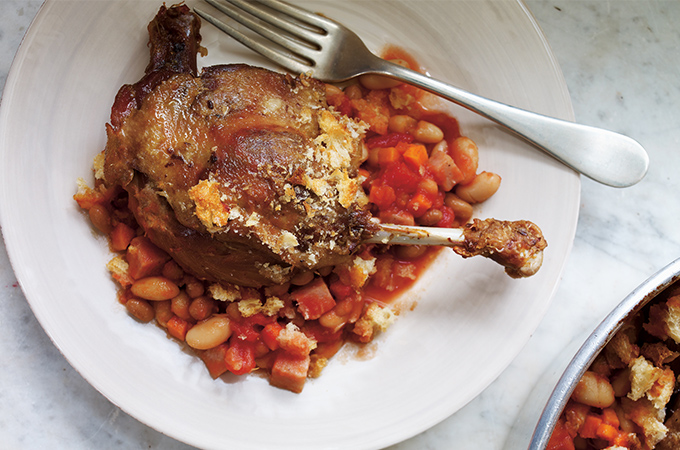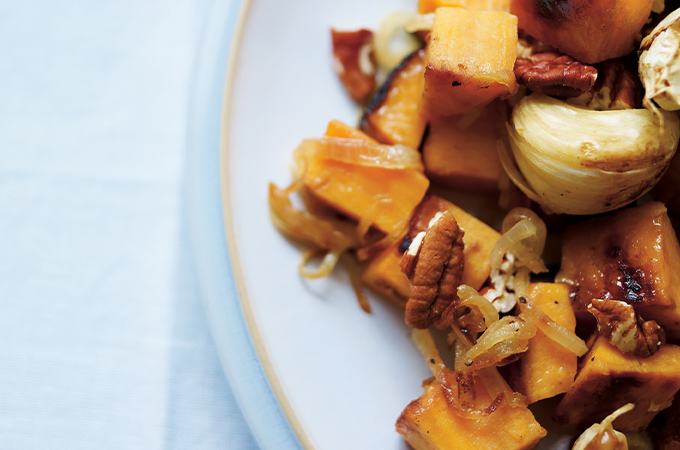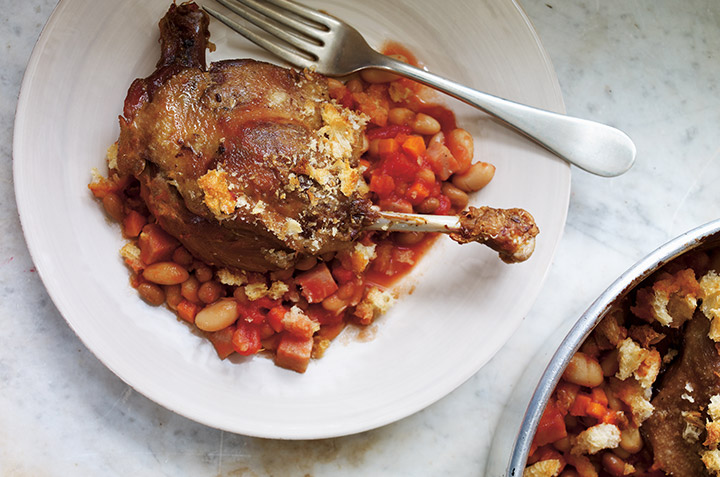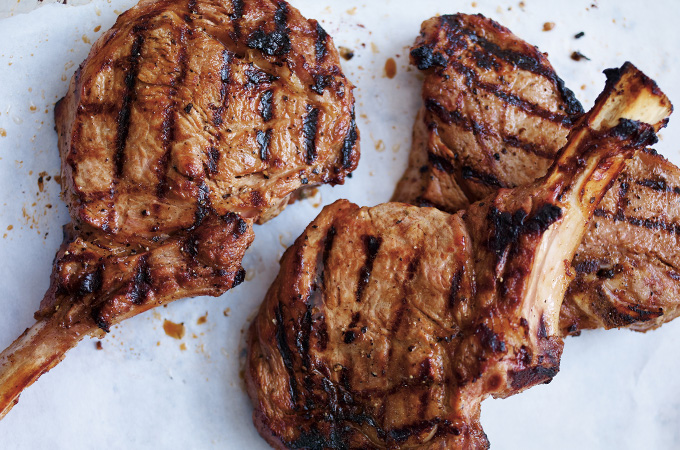Cooking options
1. Fireplace
If you have a hook inside your fireplace, you can easily hang a cauldron from it. If not, cooking in foil packets is a good idea: Simply place them directly on the embers, or place your meats on a rack.

COMFORT FOOD
Ricardo’s 1998 Ice Storm Cassoulet

30-MINUTE RECIPES
Sweet Potatoes en Papillote
2. Fondue Pot
Don’t have the above? The fondue pot can be used for many things: to heat water for tea, to cook couscous, and to reheat or even cook soup.

FONDUE
All Our Recipes
3. Wood stove
Place a pot or a thick pan on top to heat a stew, soup, etc.

PANTRY RECIPES
Ravioli and Green Pea Soup (Ravioli in Brodo)

SOUPS & BROTHS
Cheddar and Broccoli Soup
4. Grill
If you are able to clear it of snow, an outdoor propane or charcoal grill can also be used. It’s ideal for cooking thin pieces of meat. If the power is out, avoid cooking larger pieces of meat, as this consumes more energy, especially in cold weather.
The refrigerator and freezer
If a blackout persists for more than 4 or 5 hours, it’s important to follow the tips below to avoid throwing out food and to reduce the risk of food contamination.
- The refrigerator can keep food at a safe temperature (0°–4°C [32°–39°F]) for 4 hours.
- A full upright or chest freezer can keep food frozen for 48 hours, or for 24 hours if it is half full. The freezer unit above or below the refrigerator maintains its temperature for less than 24 hours.
- We suggest you start eating the foods that thaw the fastest: ice cream, frozen berries, fish fillets.
- Avoid opening the door too often. Once opened, the temperature will rise and will keep food fresh for a shorter amount of time.
- If there’s word that the blackout will go on for longer, contact relatives with power to see if they can make room in their fridge or freezer for a few days.
- Once the outage is over, it’s time to clean up. You can keep and refreeze foods (meat, ready-to-eat meals) that still have ice crystals and are hard in the centre, as well as muffins, breads, cakes, hard cheeses and fruit. You can also quickly consume items that have thawed but are still cold to the touch. Throw the rest away.
Between 4° and 60°C is where food ends up in a “danger zone” because bacteria, some of which can be harmful to your health, can double every 15 minutes. A good way to measure temperature? Install a thermometer in your freezer and fridge. Discard: perishable foods that have been over 4°C for two hours or more. Even if you don’t like to waste food, it’s better than getting sick.
In the event things get rather bad, we’ve even put together a menu for a two-day blackout.





